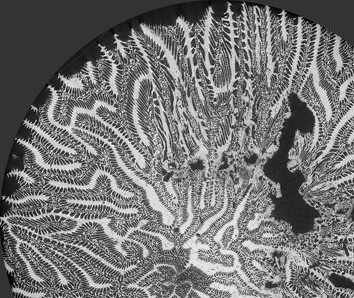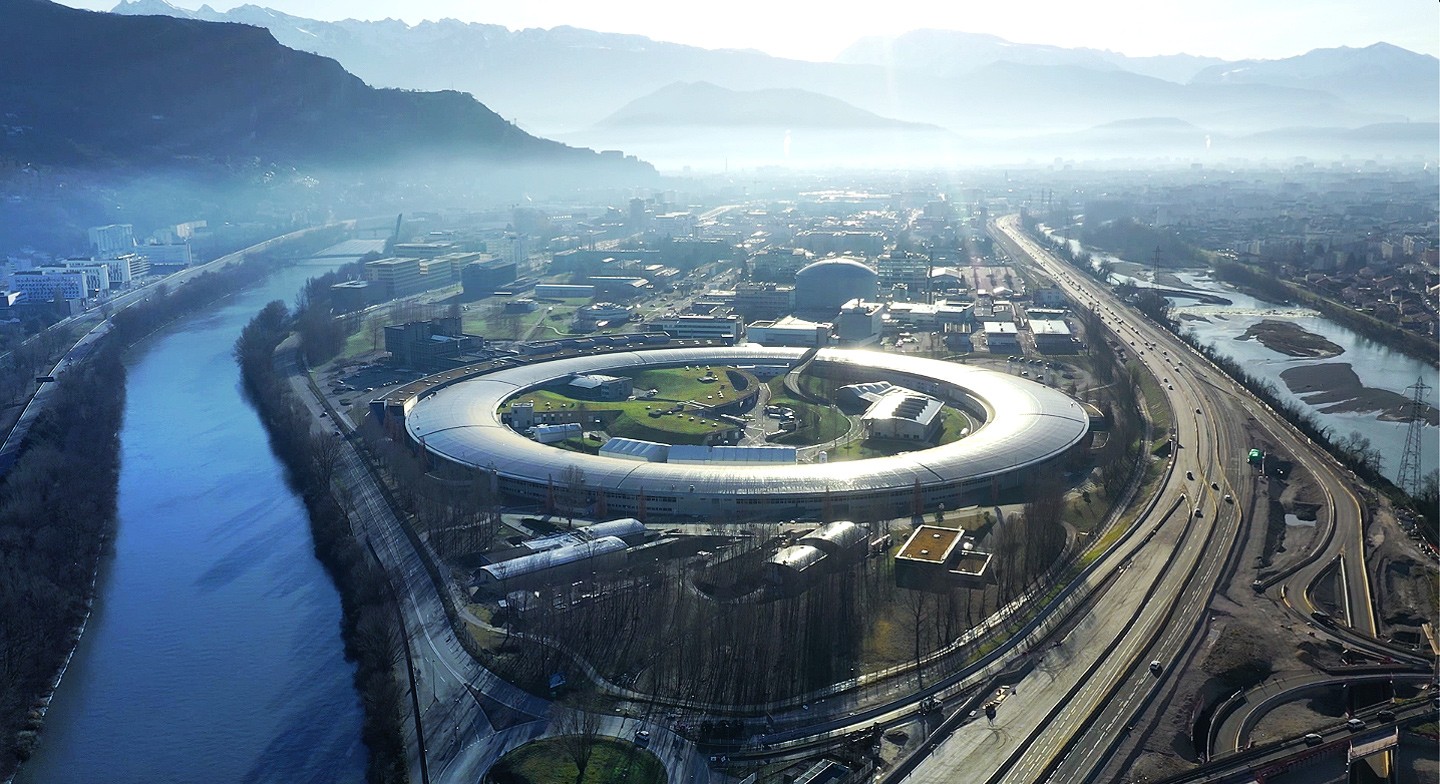Academic and industrial materials researchers need access to high-resolution X-ray imaging capability, whether to examine aeroplane or car parts for microscopic structural defects or damage, to investigate battery cell interiors to see why they fail, or to image materials such as novel alloys, composites and additively manufactured (3D-printed) materials. Understanding the structure enables them to improve the design and performance of components, making them more efficient, longer lasting and, ultimately, more sustainable.
Contact Press / Media
Thomas Kestler
Fraunhofer Development Center X-ray Technology EZRT
Flugplatzstraße 75
90768 Fürth, Germany
Phone +49 911 58061-7611
Fax +49 911 58061-7599


